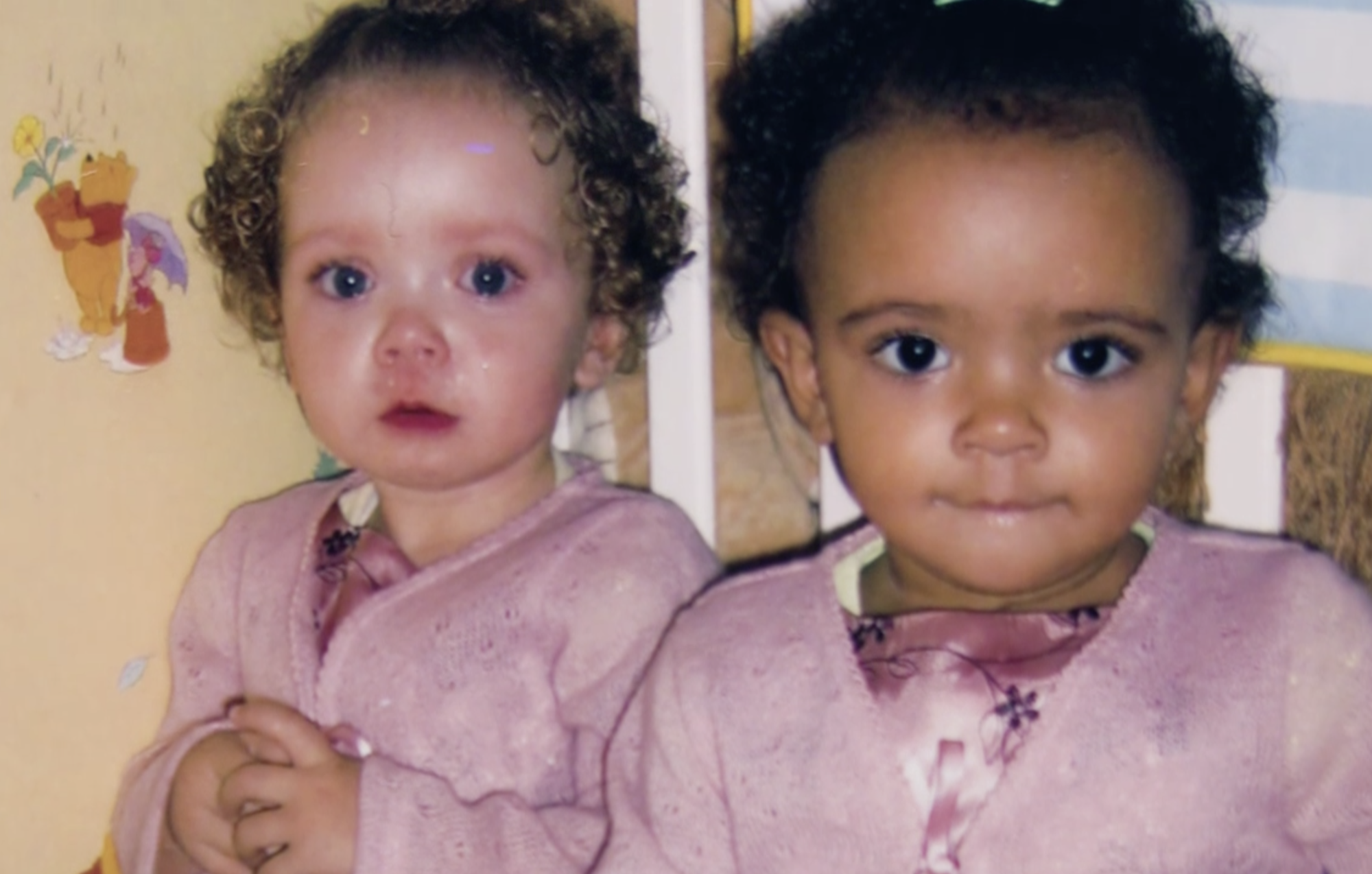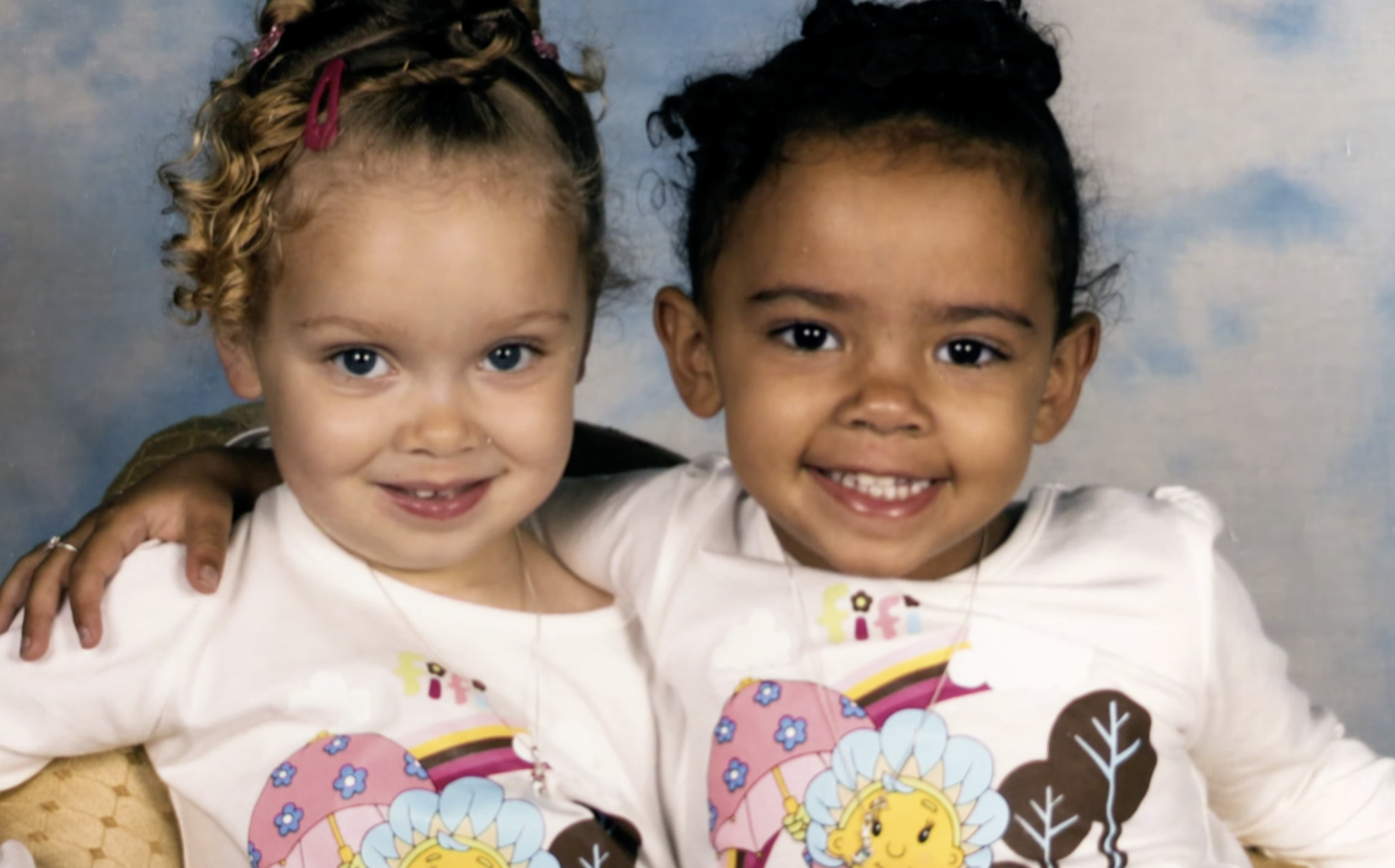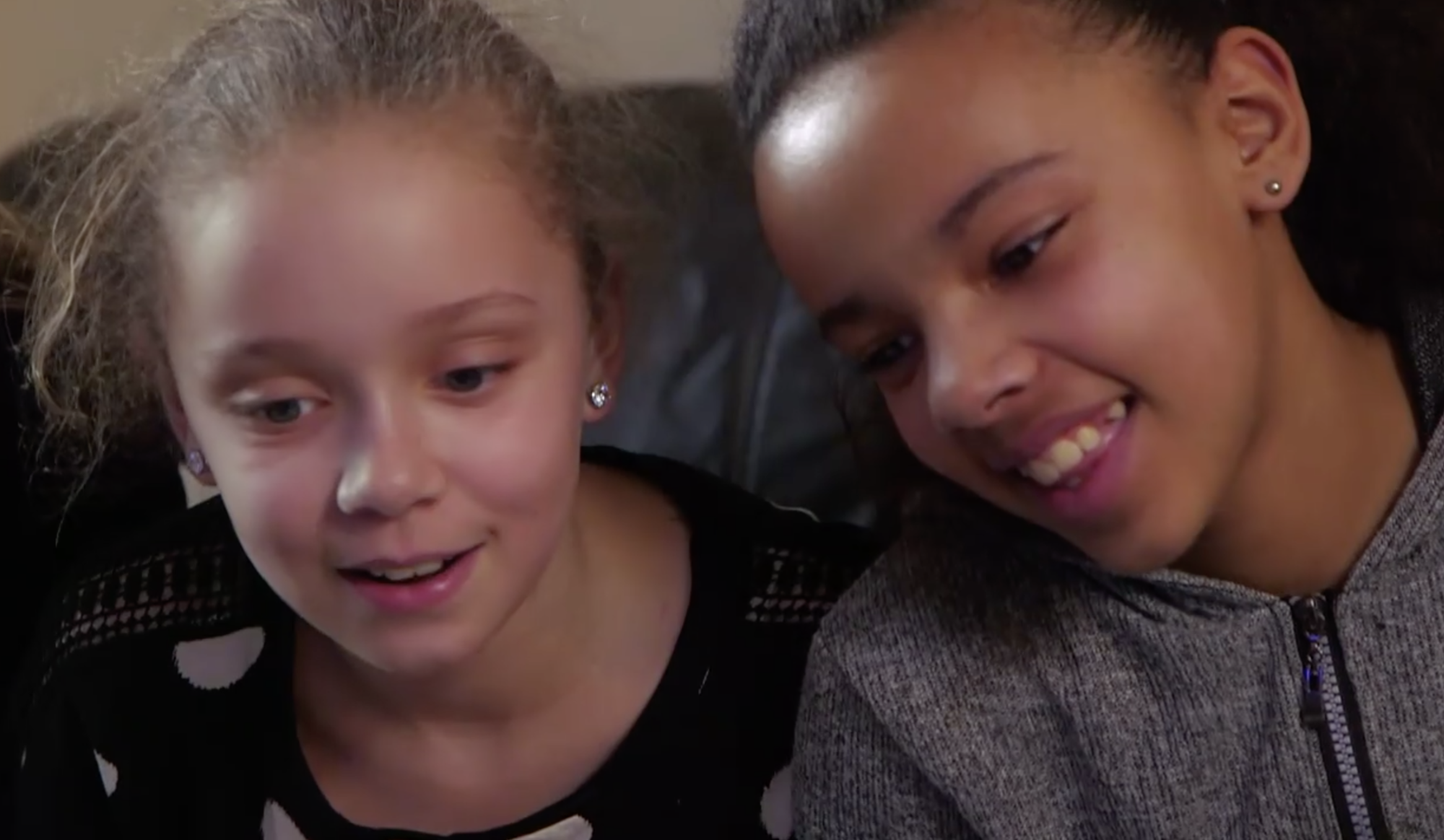
Twins are often thought of as a singular unit. They look similar, they often dress the same, and people even wonder if they think and act the same way. While that isn't necessarily a bad thing, it can often make them hungry to explore their differences. But these twin sisters who were born looking like completely different races have had no choice but to embrace the things that make them different from each other and everyone else — and they refuse to view themselves as anything other than special.
Marcia and Millie were born on July 3, 2008 to Amanda and Michael Briggs.

Amanda is a white British woman, and Michael is a black man of Jamaican descent. At first, their mom told ABC News, the girls looked nearly identical, even though Marcia always had slightly lighter skin. But by the time they were 10 months old, their parents began noticing some pretty big differences in their daughters' complexions. "The change happened with Millie first. She went darker and darker," the father revealed.
In an interview with National Geographic Michael said that he and his wife didn't think too much of their daughters' differing appearances, “We never worried about it; we just accepted it.”
It's definitely not uncommon for fraternal twins to look different but the science behind Marcia and Millies' differences is pretty unique.

Because non-identical — or fraternal — twins occur when a woman releases two eggs at the same time, those eggs are fertilized by two different sperm cells. Because they only share 50 percent of their DNA — just like regular siblings — their looks can vary greatly. In the case of the Briggs sisters, it's clear that Marcia predominately inherited her mother's genes, while Millie predominately inherited her father's. This phenomenon isn't usually so extreme, but there have been multiple cases of biracial twins presenting as different races in recent history.
Now, at 11-years-old, Marcia and Millie are very physically different.

For all intents and purposes, Marcia is "white-passing" — she has pale skin, sandy blonde hair, and blue eyes — while her fraternal twin, Millie, has brown skin, brown eyes, and brown hair. There are still plenty of physical traits the girls have in common though, like similar face shapes and chins and even their big, bright smiles.
Even with their similarities, the Briggs sisters are very rarely seen as twins by strangers.

“When people see us, they think that we’re just best friends,” Marcia told National Geographic. “When they learn that we’re twins, they’re kind of shocked because one’s black and one’s white.”
Even with stares and confusion from strangers, the twins say they haven't experienced a ton of prejudice.

But it's clear that their parents have made them aware of the racism they may encounter in the future. “Racism is where somebody judges you by your color and not by your actual self,” said Millie. While Marcia says that racism “a negative thing because it can hurt people’s feelings.”
The girls are featured on the cover of National Geographic Magazine's April issue.

The issue uses the twins' story and a few others to explore topics of race, ethnicity, and religion in today's culture. Marcia and Millie say they are incredibly honored to be featured on the cover of such a huge magazine. "I’m proud of us,” Marcia told Good Morning America. “It’s not every day you’ll see yourself on a magazine. It looks so bold … I feel special being on the front cover.”
Marcia and Millie have never failed to celebrate their differences, and they want everyone else to do the same.

Called a "one-in-a-million miracle" by their proud mother, the twins say that their life experiences have only made then more grateful for their uniqueness. "I prefer to be different. You don't always have to blend in the crowd because if you do you won’t get noticed. It’s better to be you," said Millie.




